1. Ordering Food Through an App
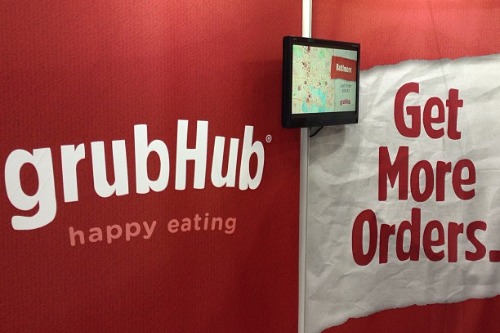
In the ’80s, if you wanted takeout, you either called the restaurant or physically went there. Fast forward to today, and apps like DoorDash, Uber Eats, and Grubhub let you order food with just a few taps on your smartphone. These services offer a vast range of meal options, bringing everything from sushi to tacos directly to your door. The concept of ordering food without having to speak to anyone or leave your home would have sounded like something out of a science fiction movie back then.
This dramatic shift has transformed how we eat, especially in cities where people are always on the go. More and more Americans now rely on delivery apps multiple times a week, not just for meals but for snacks and even groceries, according to Andrew McCarthy from DoorDash. To cater to this demand, many restaurants have created “ghost kitchens,” focused solely on fulfilling delivery orders. Despite the convenience, these apps have raised concerns about rising prices, packaging waste, and the decline of traditional dining experiences.
2. Playing Mobile Games Instead of Console Games
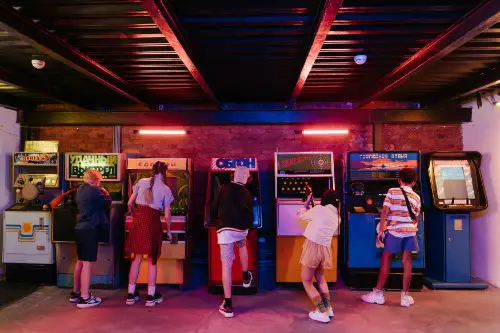
In the ’80s, gaming meant playing on a console or an arcade machine. Today, mobile gaming has taken over, with millions of people playing games on their smartphones. Whether it’s a quick round of Candy Crush or an in-depth strategy game, mobile games are now a primary form of entertainment. The idea of gaming on a handheld device that fits in your pocket would have been unfathomable in the ’80s.
Mobile games have made gaming more accessible, allowing people to play anytime and anywhere. They have also made gaming more casual, with people spending just a few minutes or hours on their phones each day. Mobile games now generate more revenue than console games, changing the gaming industry forever. However, this shift has sparked concerns about the addictive nature of mobile games and their impact on mental health.
3. Checking Social Media Constantly
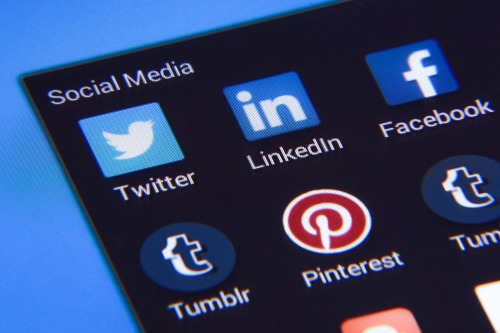
In the past, if you wanted to know what your friends were up to, you’d call them or meet them in person. Today, social media platforms like Instagram, Facebook, and TikTok have become integral to daily life, with many Americans checking their feeds the moment they wake up. These platforms constantly update users with photos, opinions, and memes, making social media a go-to for keeping in touch. The idea of sharing personal moments online for everyone to see didn’t even exist 40 years ago, and the concept of followers and likes would have been unfathomable.
The rise of smartphones has turned social media into a non-stop habit, replacing face-to-face conversations in many instances. People now share every detail of their lives, from meals to workouts, in real time. What was once a casual conversation over coffee is now often a virtual interaction through posts and updates. This constant connection has reshaped how we form relationships, communicate, and even deal with mental health challenges, according to Kristeen Cherney from Healthline.
4. Paying for Subscriptions Instead of Owning Things
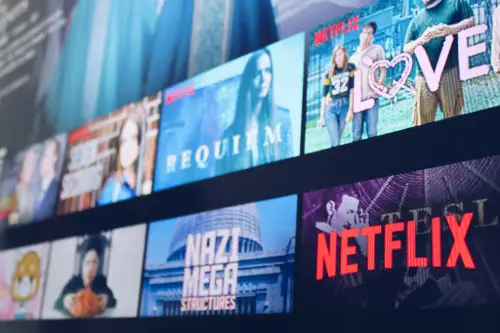
For many years, people bought physical items like records, VHS tapes, and software to own them for good. Today, the subscription model is everywhere, according to Ben Cohen from The Wall Street Journal, from music streaming services like Spotify to video streaming services like Netflix. Americans now pay for access to movies, music, and even household items, such as razors or pet food, rather than owning them outright. The concept of paying monthly for access instead of accumulating physical possessions would have seemed alien in the ’80s.
This shift has significantly altered spending habits, with many people now renting rather than owning various products. Subscriptions offer convenience, but they also mean ongoing payments that can add up over time. The growing prevalence of subscription services has led many to overlook how much they’re actually spending on a regular basis. As this trend continues, the notion of true ownership is becoming increasingly rare.
5. Streaming TV Instead of Watching Live
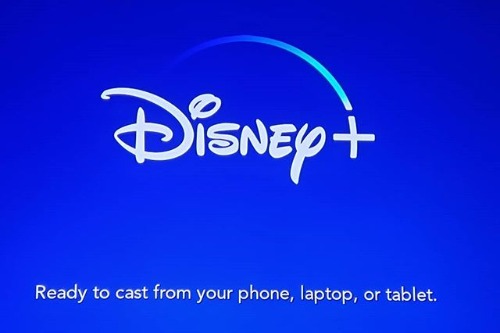
In the ’80s, if you wanted to watch a show, you had to be home at a specific time to catch it live, or record it on your VCR. Today, streaming platforms like Netflix and Hulu have replaced traditional TV programming, allowing people to watch entire seasons of shows on demand. Viewers now expect instant access to any show or movie, without having to wait for a particular time slot. The idea of watching content without advertisements or scheduled programming would have been considered groundbreaking in the ’80s.
Streaming has completely reshaped how we consume entertainment, turning traditional TV networks and “prime time” programming into a thing of the past, according to Gary Drenik from Forbes. Instead of waiting for a show to air, viewers now binge-watch entire seasons in one sitting. Networks have followed suit by launching their own streaming services, further pushing the traditional TV model out of the picture. As a result, the way we watch television has dramatically shifted, making the idea of watching live TV seem outdated.
6. Working Remotely Instead of Going to an Office
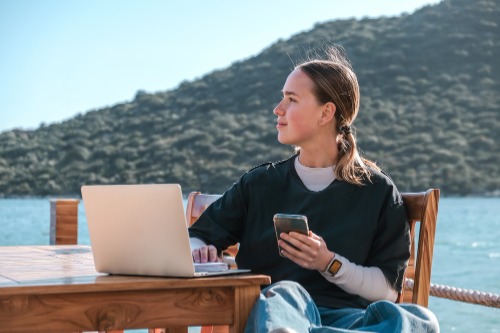
40 years ago, the idea of working from home was a rare exception, with most jobs requiring employees to be in the office from 9 to 5. Today, remote work has become the norm for millions of Americans, thanks to advancements in high-speed internet and video conferencing tools. Companies no longer require employees to work from a specific location, allowing them to hire people across the country or even globally. The concept of working from home in your pajamas would have seemed unthinkable just 40 years ago.
Remote work has transformed the work-life balance, eliminating long commutes and giving people more flexibility. However, it has also blurred the line between home and office, making it difficult to disconnect. Many workers appreciate the flexibility, but others struggle with isolation and staying motivated outside a traditional office. While remote work is here to stay, the way it affects productivity and mental health is still being explored.
7. Using Ride-Sharing Instead of Taxis
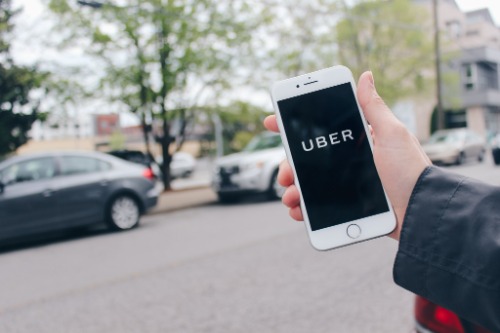
In the ’80s, hailing a cab was the go-to method of getting around, especially in large cities. Today, services like Uber and Lyft have replaced traditional taxis, allowing people to get a ride with a tap of a button. Ride-sharing apps have disrupted the taxi industry, offering a more convenient and affordable way to travel. For younger generations, the concept of trying to find a taxi on a street corner seems outdated and unfamiliar.
Ride-sharing has made it easier to get around without needing to own a car, particularly in urban areas. However, it has also raised concerns about the wages of drivers, safety, and the impact on traffic and pollution. While ride-sharing services have brought convenience, they’ve also caused congestion in some cities. Despite the challenges, the rise of ride-sharing apps has permanently altered how people view urban transportation.
8. Watching YouTube for Learning and Entertainment

For decades, if you wanted to learn how to do something, you’d consult a book, take a class, or rely on face-to-face guidance. Today, YouTube has become a hub for both education and entertainment, with millions of tutorials, reviews, and how-to videos available at the click of a button. Whether it’s fixing a leaky faucet or watching the latest viral video, YouTube has replaced traditional methods of learning and fun. The idea of watching random videos to learn skills would have been unimaginable in the pre-internet world of the ’80s.
YouTube has created a space where people can access knowledge on any topic, all for free. However, the platform’s fast-paced, short-form content has contributed to a shift toward shorter attention spans. Even as educational content grows, many people spend hours watching videos that may not add to their knowledge or well-being. YouTube has undoubtedly changed how we learn and entertain ourselves, but it has also raised questions about the quality and impact of its content.
9. Taking Photos of Everything with a Smartphone
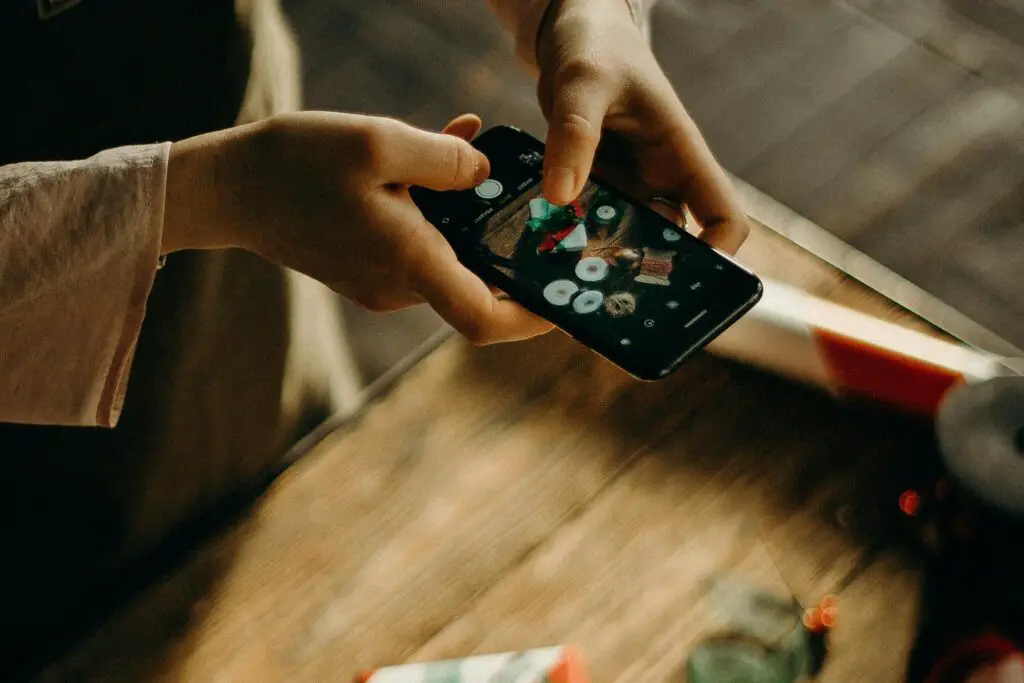
40 years ago, capturing memories meant using a film camera and waiting for your photos to be developed at the local drugstore. Today, smartphones have made photography an everyday habit, allowing people to take pictures of anything and everything. Whether it’s a snapshot of a meal or a selfie with friends, photos are no longer reserved for special occasions. The idea of having a camera in your pocket at all times to capture spontaneous moments would have seemed revolutionary back then.
Smartphones have completely transformed how we document our lives, with billions of photos shared on social media every day. While this allows for easy sharing and keeping memories, it can also detract from living in the moment. The constant need to document and post can sometimes overshadow the experience itself. This change has sparked debates about privacy, digital footprints, and the pressure to present a curated, idealized life online.
10. Tracking Health with Wearable Devices
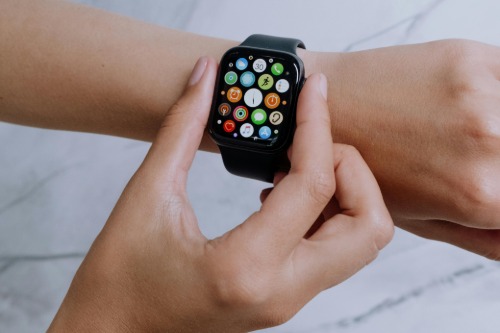
In the ’80s, tracking health metrics was a very basic affair, often limited to manually writing down exercise routines or counting calories. Today, wearable devices like smartwatches and fitness trackers have made it easy to monitor everything from steps to heart rate and sleep patterns. Many Americans now rely on these devices to track their fitness goals, checking their health stats daily. The idea of constantly monitoring your physical health was an afterthought in the ’80s, but today it’s a common practice.
While these devices have encouraged greater fitness awareness, they have also contributed to anxiety about reaching daily goals. Some people feel pressured to meet specific numbers, whether it’s their daily steps or sleep quality. The constant tracking has made people more health-conscious, but it has also raised concerns about the over-reliance on technology for personal well-being. Despite these concerns, the popularity of health tracking is only increasing.
11. Using Smartphones for Everything

In the ’80s, a phone was a device to make calls—nothing more. Fast forward to today, and smartphones have replaced dozens of devices, serving as cameras, calendars, GPS systems, and even wallets. They have become indispensable, with most people using them for everything from communication to shopping. The idea of having a single device that does almost everything was purely fictional in the ’80s.
This transformation has made life more convenient, but also more dependent on technology. Many people check their phones constantly, often out of habit, making it difficult to disconnect. The expectation to always be reachable has blurred the lines between personal and work life. While smartphones are incredibly useful, their constant presence has led to discussions about screen addiction and the importance of unplugging.
12. Shopping Online for Almost Everything
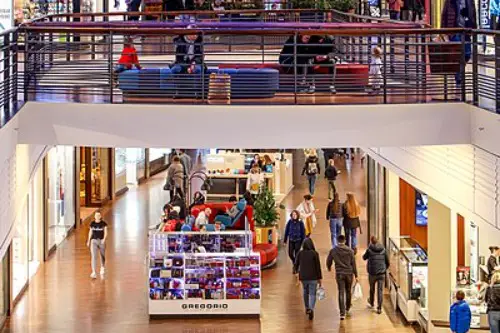
Shopping used to mean going to the mall, flipping through catalogs, or making a phone order from a TV commercial. Today, Americans purchase almost everything online—from groceries to electronics and clothes—with just a few clicks. Services like Amazon and eBay have made it easier than ever to buy things without leaving home. The idea of shopping for clothes or gadgets online, without seeing or trying them first, would have seemed risky in the ’80s.
Online shopping has completely transformed the retail landscape, leading to the decline of physical stores. Convenience is a big draw, but online shopping has also resulted in impulsive buying and excess packaging waste. The ease of browsing and buying at any time of day has revolutionized consumer habits. While brick-and-mortar stores are still around, online shopping continues to dominate, reshaping the retail industry.
13. Texting Instead of Calling
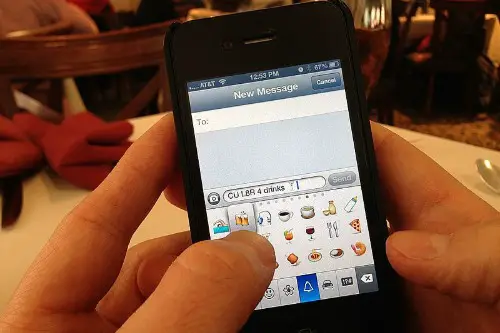
In the ’80s, if you wanted to talk to someone, you’d pick up the phone and call them, or maybe leave a message on their answering machine. Fast forward to today, and texting has become the preferred method of communication for many Americans, even for important conversations. Phone calls are often seen as intrusive or unnecessary, replaced by the ease of a quick text. A simple “Hey, what’s up?” has replaced the traditional phone call, drastically changing how we interact.
While texting has made communication faster and more convenient, it has also made interactions less personal. The rise of texting has led to new forms of communication, such as the use of emojis, abbreviations, and shorthand. Because tone is hard to convey in text, misunderstandings are common, and relationships may suffer as a result. Despite these challenges, texting has become the dominant form of communication for most people today.


